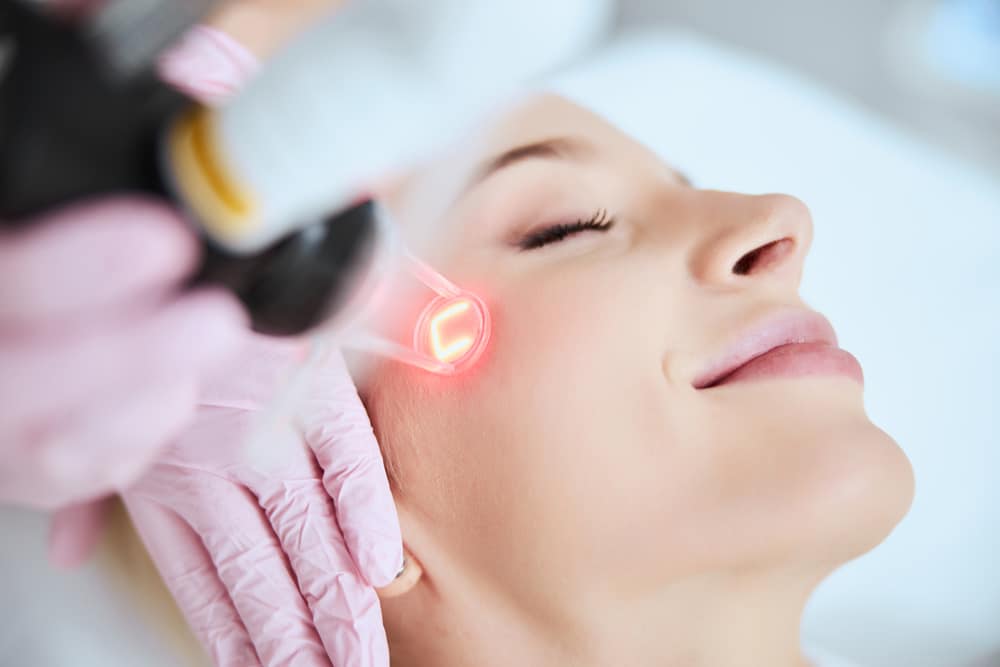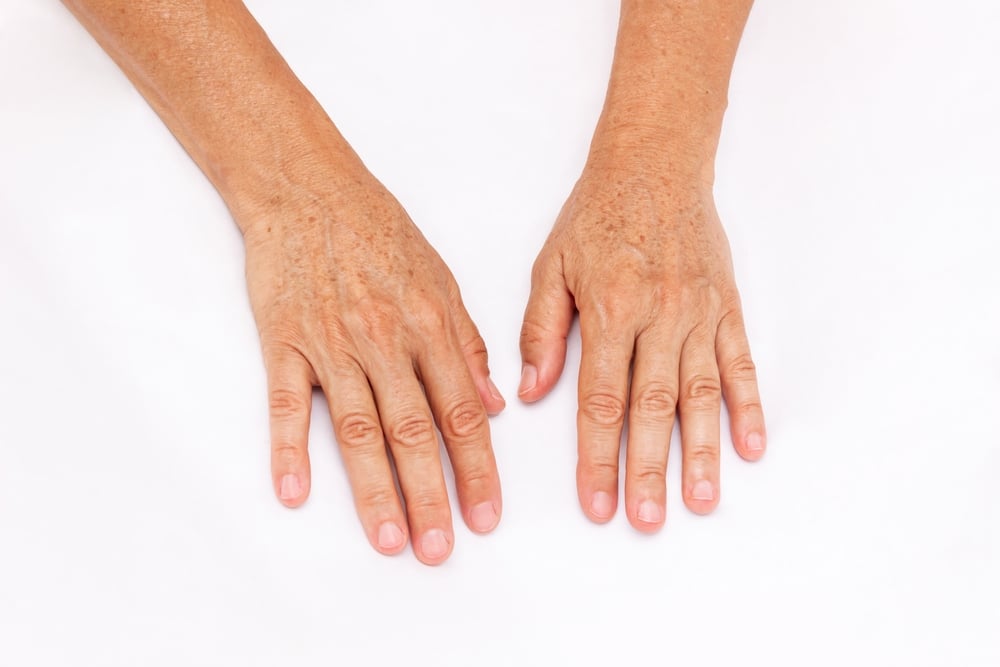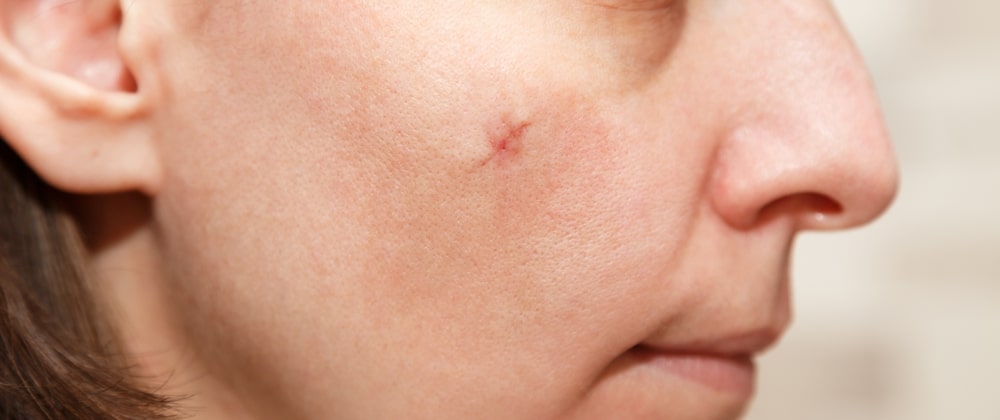Even celebrities like Justin Bieber, Jennifer Lawrence, and Adam Levine experience tattoo regret, typically from ex-partners’ names, misspellings, or alcohol-influenced decisions—but unlike early removal methods that traded tattoos for scars, today’s advanced picosecond lasers like the PicoWay deliver energy in ultra-short pulses that shatter ink particles into smaller pieces the body can eliminate, requiring fewer treatments than traditional Q-switched lasers, healing faster, and even removing traditionally stubborn colors like yellow through multiple wavelengths targeted to different ink colors, all while using numbing options to minimize discomfort during the process.
Tattoo Regret? We Can Help.
Here is a celebrity quiz. What do Justin Bieber, Jennifer Lawrence, Adam Levine, Blake Shelton, Megan Fox, Kelly Osbourne, Demi Lovato, and Nicole Richie all have in common?
If you thought it was that they all had a stint in rehab then you would be completely incorrect. They all have tattoos that they regret. Tattoo regret is most commonly due to having an ex (boyfriend, girlfriend, husband, wife…)’s name tattooed. Other regrets stem from misspellings and spur-of-the-moment tattoos where alcohol often was a factor in the decision-making process. These kinds of decisions are almost never good.
Fortunately, for those who have tattoo regret, there are options— including newer, innovative technologies that have only recently become available.
Why Tattoos Are Permanent (Until They’re Not)
There are different types of tattoos ranging from amateur India ink tattoos to professional tattoos. Ink droplets are impregnated into the skin. They stay there permanently because the ink droplets are too large for the body to break down.
Some tattoos can be considered works of art while others might be less desirable. Some have been considered body art while others can be signs of gang affiliation or even body trafficking. As long as sterile instruments are used, most tattoos are safe. However, a small number of people may have an allergic reaction to the tattoo ink.
A Brief History of Tattoo Removal
Historically, tattoos could be removed by:
- Cutting them out
- Sanding them out by dermabrasion
- Using acids to burn and scar the skin
Each of these methods had the obvious problem of trading the tattoo for a scar.
Laser tattoo removal began in the early 1990s with the advent of “Q-switched” lasers. These lasers use different colors of light to target various ink shades. The intense light energy is pulsed so quickly that the ink droplet absorbs the light and is shattered into smaller pieces that the body can break down.
How Laser Tattoo Removal Works
The key is to have the laser pulse on and off so fast that there is no time for heat to spread to surrounding skin structures.
I have personally been performing laser tattoo removal with multiple lasers to target multiple ink colors since the late nineties. We typically use topical or injectable numbing to minimize any discomfort. If you don’t numb, then the laser treatment feels like bacon grease spattering on the skin. Multiple treatments are typically required. These lasers have had modest improvements—until about 2–3 years ago.
Enter PicoWay: A Breakthrough in Tattoo Removal
The biggest improvement in laser tattoo removal has been the availability of picosecond lasers. These lasers deliver energy in shorter pulses, maximizing the breakdown of the tattoo ink, resulting in fewer treatments than traditional devices. There tends to be faster healing as well.
The devices are not widely available as they are more costly than the older devices.
Why We Upgraded to the PicoWay Laser
We just replaced our workhorse laser with the new PicoWay laser. This laser has shown to be effective in removing tattoos in fewer treatments than the older devices. It can even remove certain ink colors—such as yellow—that have traditionally been stubborn.
The PicoWay offers multiple wavelengths to target different ink colors. It represents a true evolution in the ability to clear ink safely, efficiently, and with minimal side effects.
Ready to Let Go of Tattoo Regret?
If you love your tattoo, keep it. If you have a regret, we are happy to help you with the latest improved technology to erase it.



















